Why Spain is a great place for kids
Choosing the city that's right for you
Choosing the visa that's right for you
More than just great weather
Why Spain provides a better quality of life
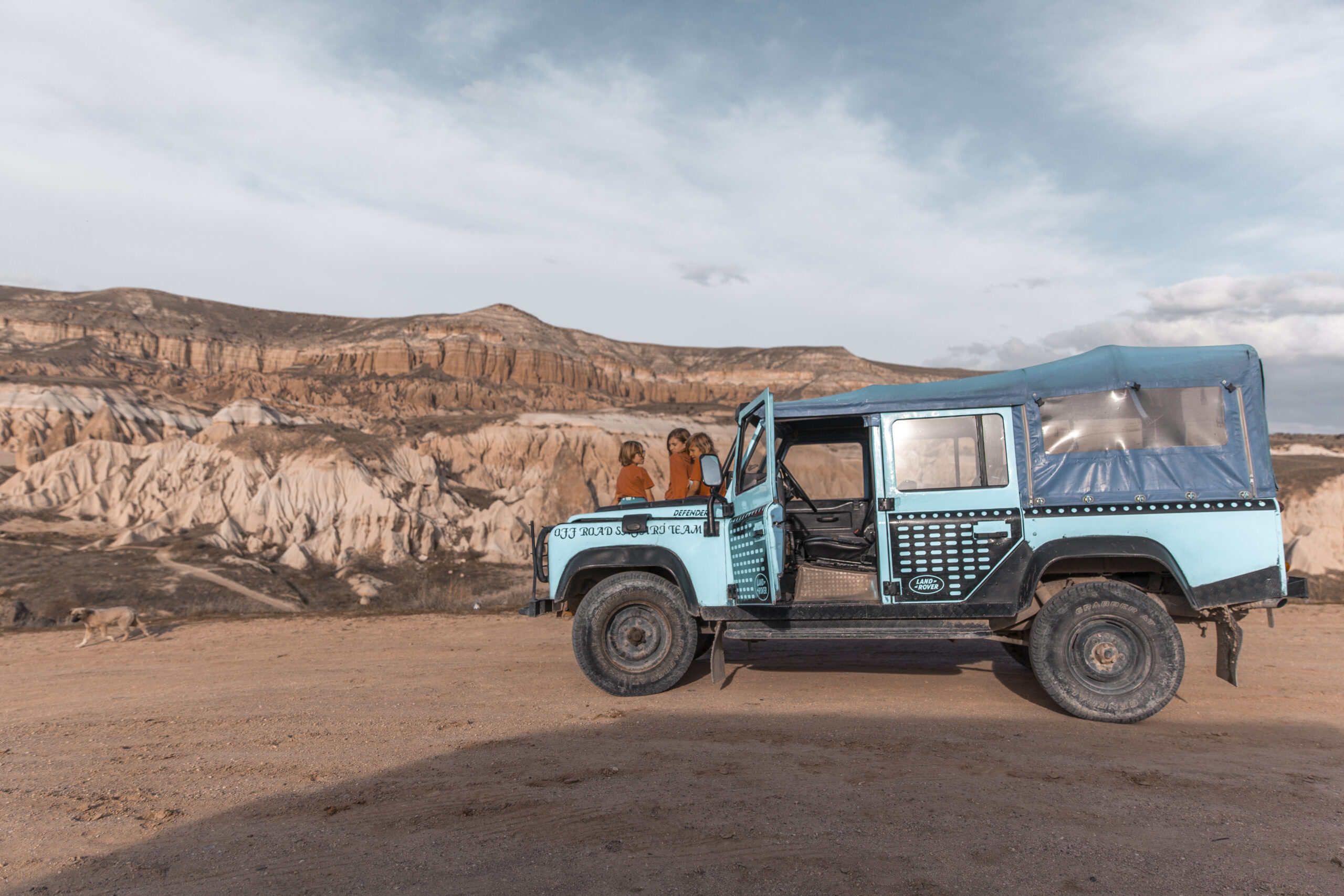
How we Plan
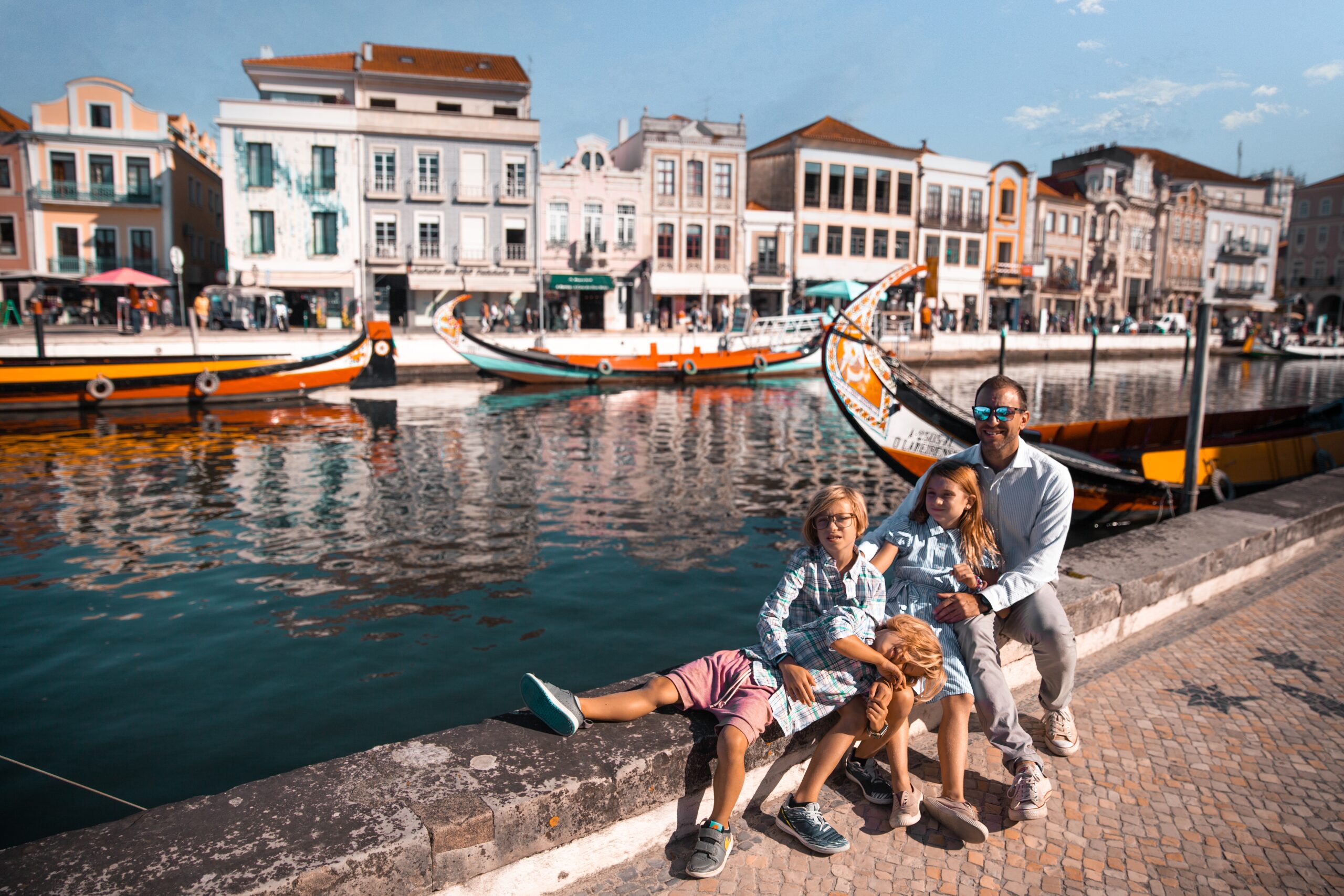
What we pack
Choosing Travel Insurance
Book Your Hotel
with Booking.com
Book Your Car
with RentalCars.com
Book Your Flight
with Skyscanner.com
Book Your Tour
with GetYourGuide.com
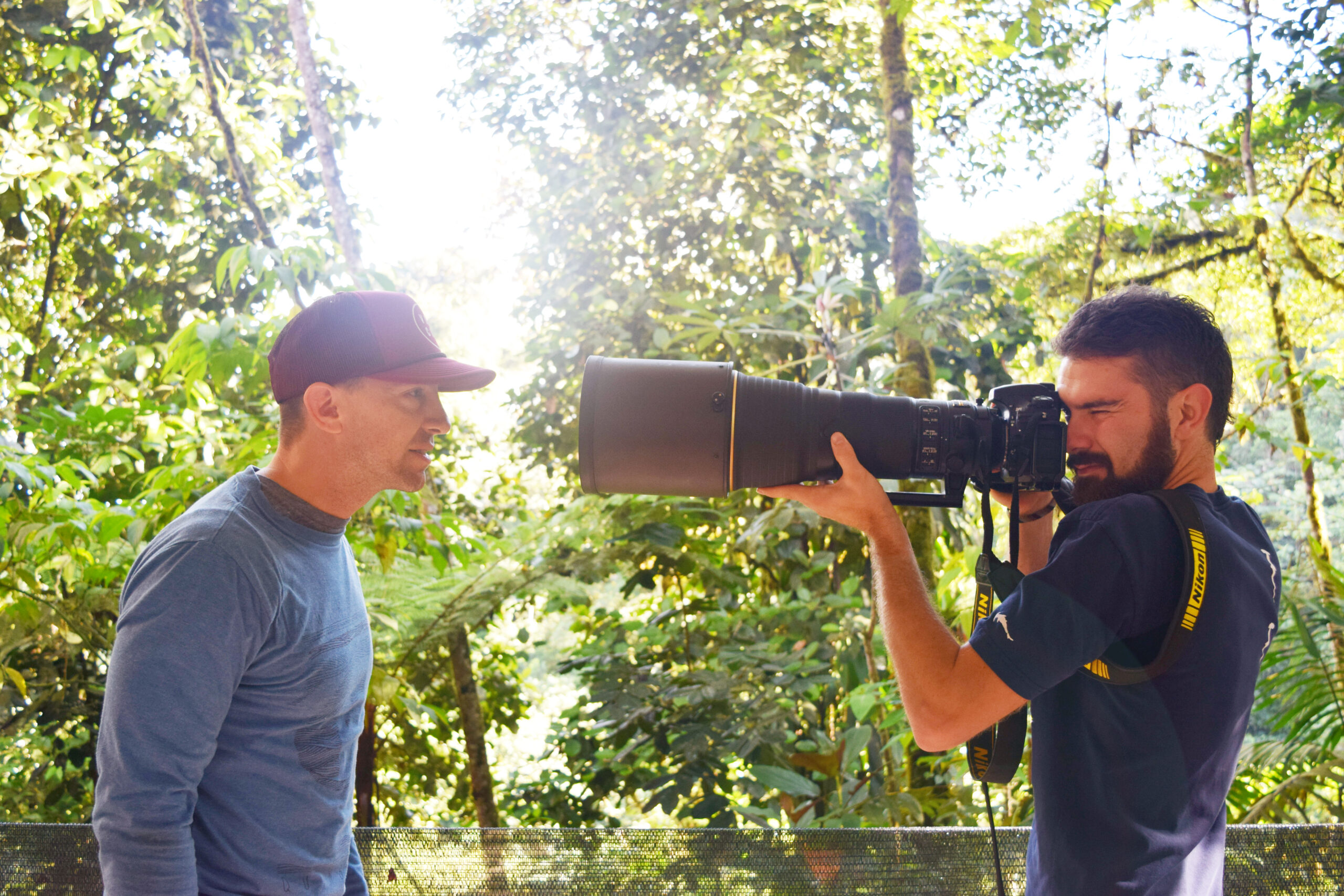
Our Camera Gear
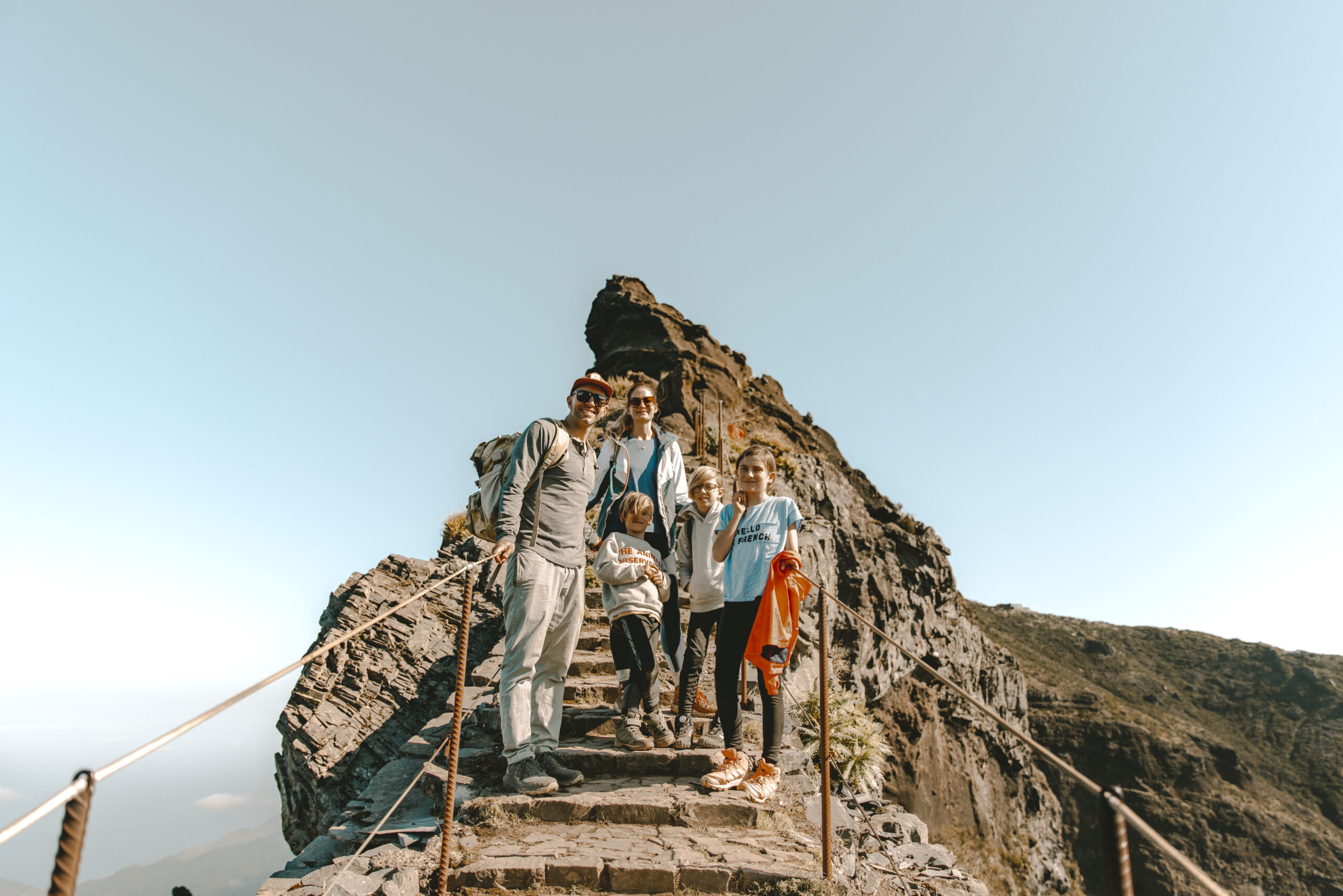
How We Fly
Choosing Your Destination
Family Guide to...
Iceland
Iceland, the land of fire and ice, is a mesmerizing destination that captivates with its surreal landscapes and natural wonders.
- Blue Lagoon
- Gullfoss
- Skógafoss
- Golden Circle
- Thingvellir
- DC Plane Wreck
- Reykjavik
- Vik
- Diamond Beach
Map
Weather
Itineraries
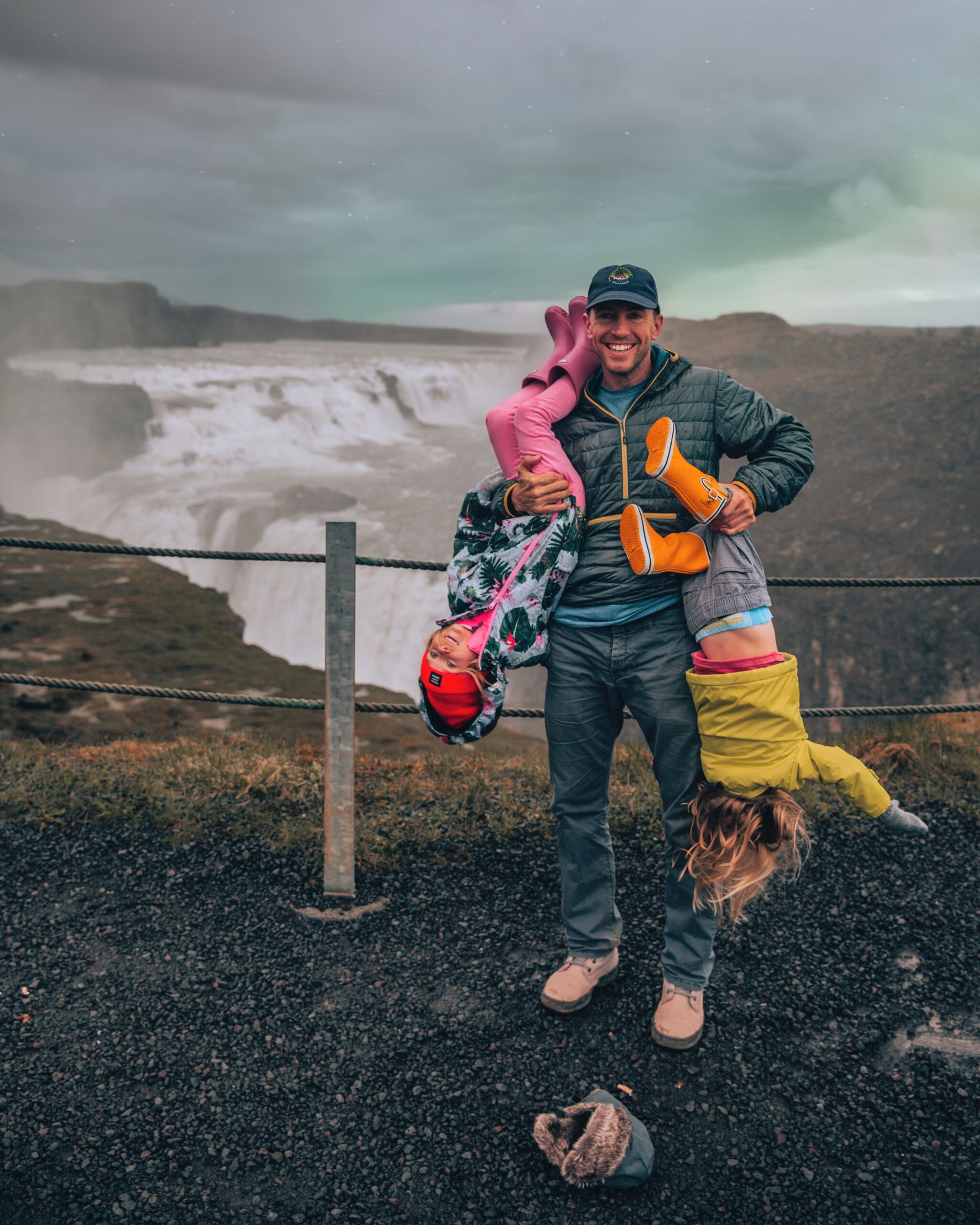
The Best of Iceland...
reykjavik
Top Five restaurantS in reykjavik
Dill Restaurant offers a fine dining experience with a focus on New Nordic cuisine. Known for its seasonal tasting menu and innovative dishes, Dill is a must-visit for food enthusiasts looking to explore Icelandic flavors with a modern twist.
Grillmarket is renowned for its high-quality Icelandic ingredients and vibrant atmosphere. The menu features a range of grilled meats, seafood, and vegetarian options, all prepared with a creative flair. It’s a perfect spot for a memorable dining experience.
Specializing in fresh seafood, Fish Market is famous for its sushi and Asian-inspired dishes. The restaurant’s emphasis on local ingredients and sustainable practices makes it a popular choice among both locals and tourists.
Matur og Drykkur offers a unique take on traditional Icelandic cuisine. With a menu that celebrates classic dishes using contemporary techniques, this restaurant provides a cozy and authentic dining experience.
Apotek is a stylish restaurant located in a historic building, offering a mix of Icelandic and European cuisine. Known for its diverse menu and excellent cocktails, Apotek is perfect for a sophisticated meal in the heart of Reykjavik.
Top Five hotels in reykjavik
The Reykjavik EDITION is a luxury hotel offering modern amenities and stunning views of the city and the harbor. Its central location makes it an ideal base for exploring Reykjavik.
This stylish hotel provides a blend of comfort and contemporary design. Located in the vibrant city center, it offers easy access to popular attractions and a variety of dining options.
ION City Hotel combines modern elegance with Icelandic charm. The hotel’s chic design and prime location on Laugavegur Street make it a favorite among travelers seeking a luxurious stay.
Hotel Borg offers classic elegance and luxury in a historic setting. This iconic hotel features Art Deco style and is situated in the heart of Reykjavik, making it perfect for exploring the city.
Alda Hotel Reykjavik provides a comfortable and modern stay with a focus on Icelandic hospitality. Located on the main shopping street, it offers convenient access to numerous attractions and activities.
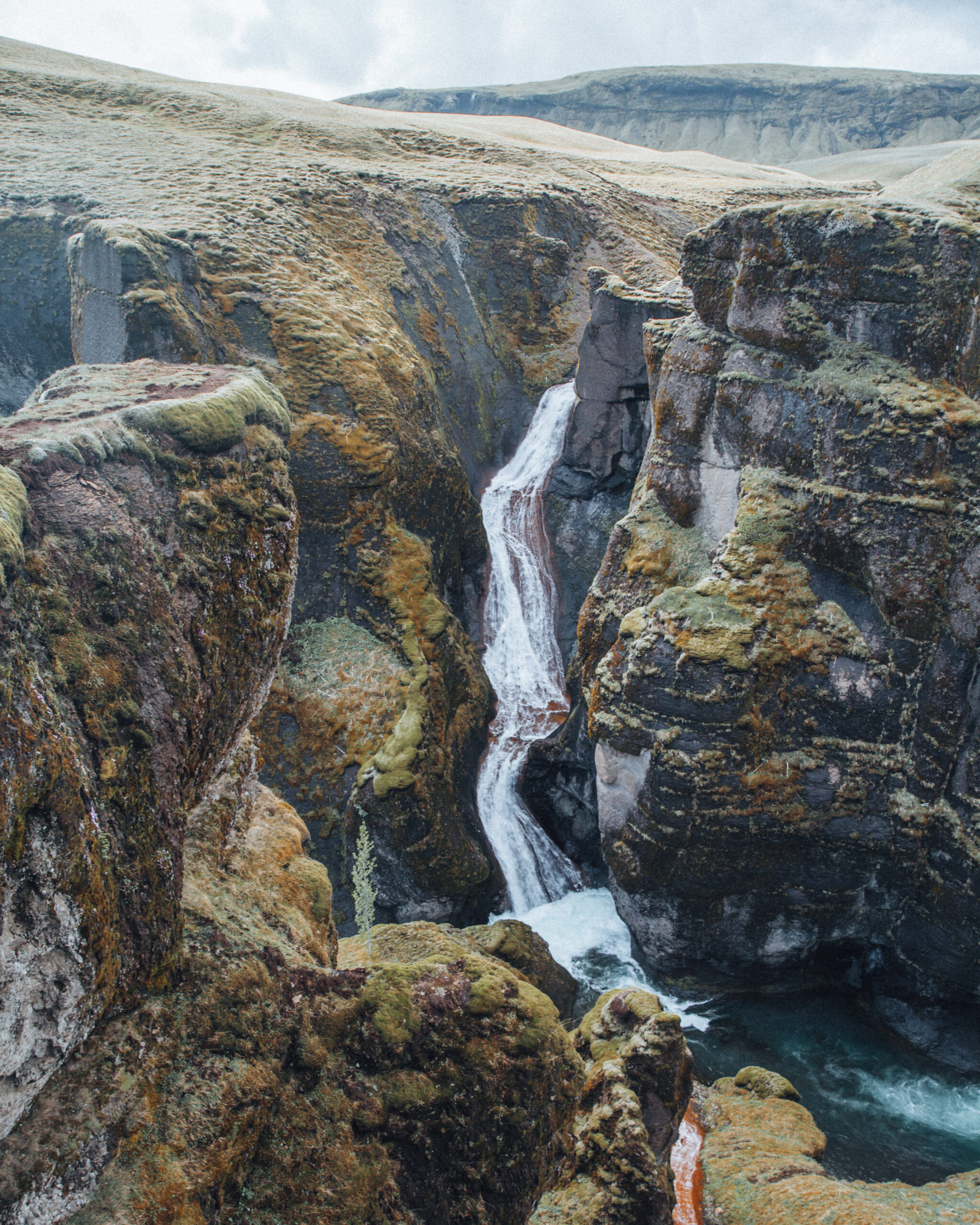
Don’t Miss These Places!
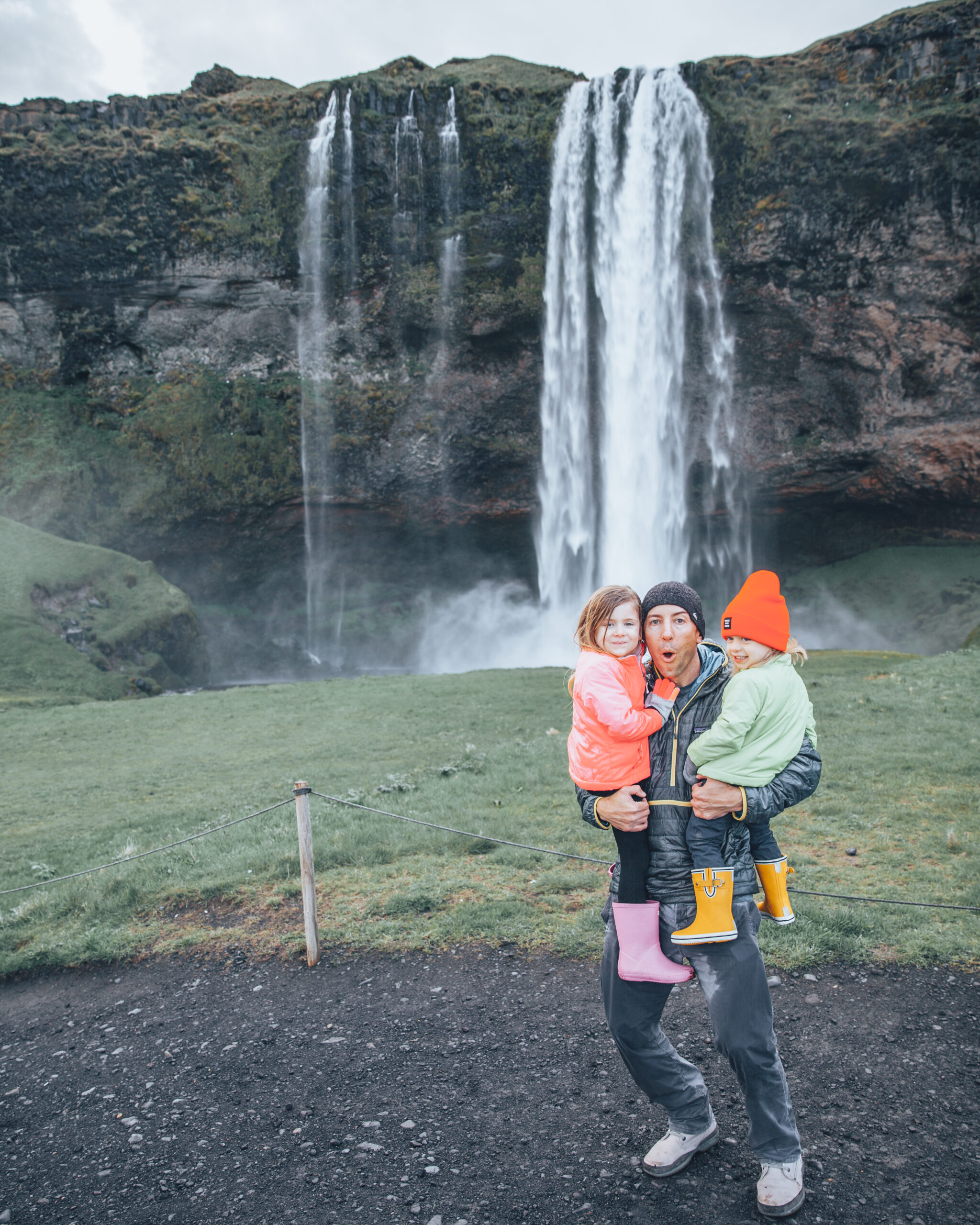
3 Amazing and Easy-to-get-to Waterfalls
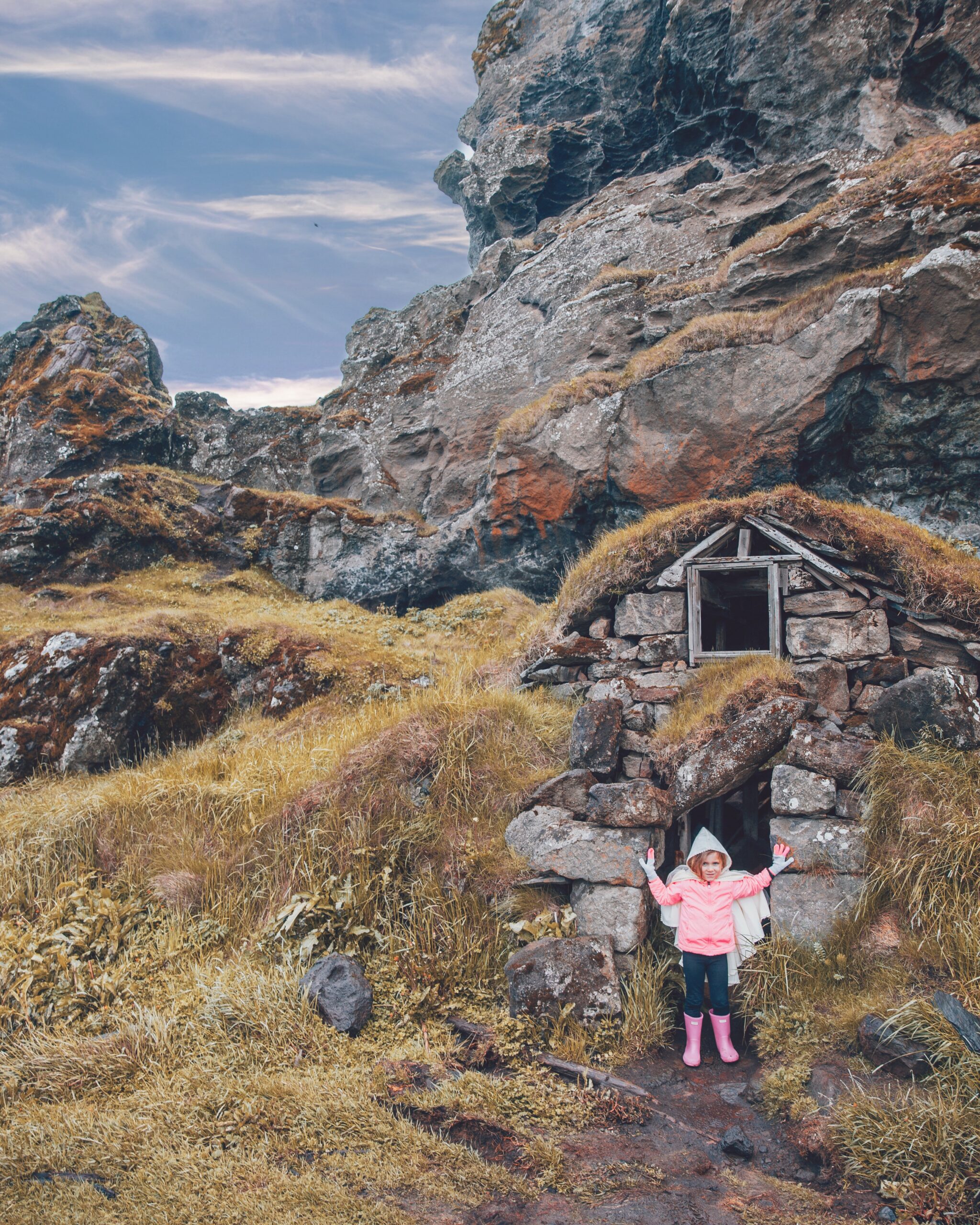
Perfect Week Road Trip
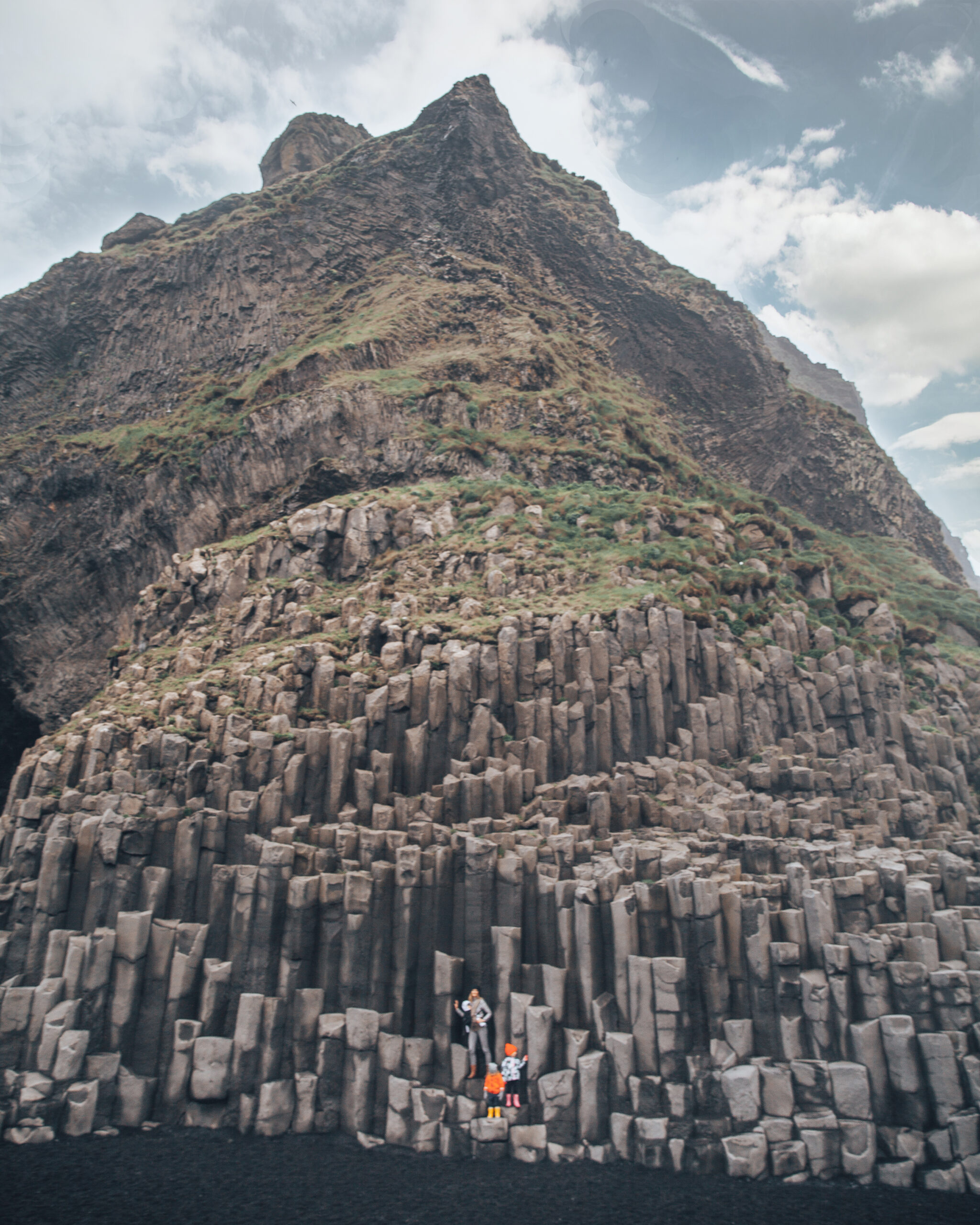
More Can’t Miss Spots
- One-Week Itinerary
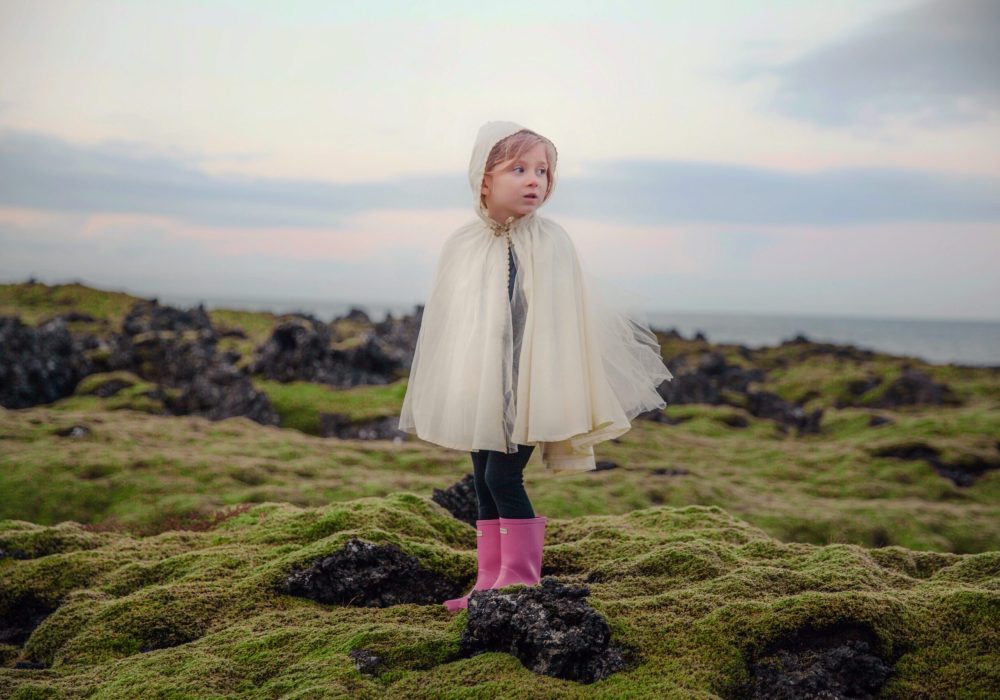
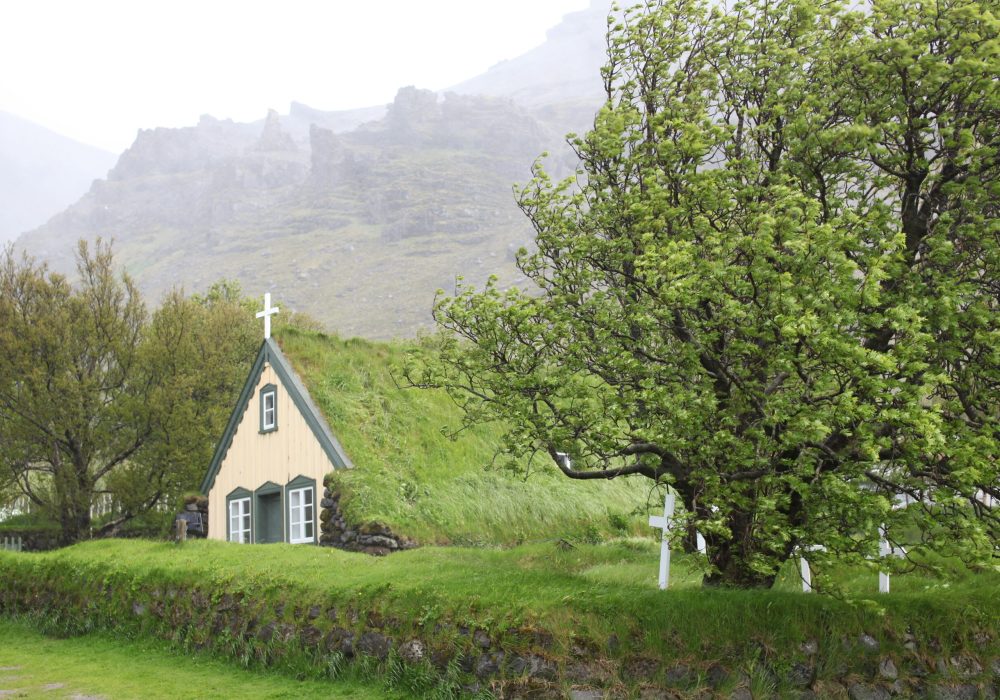
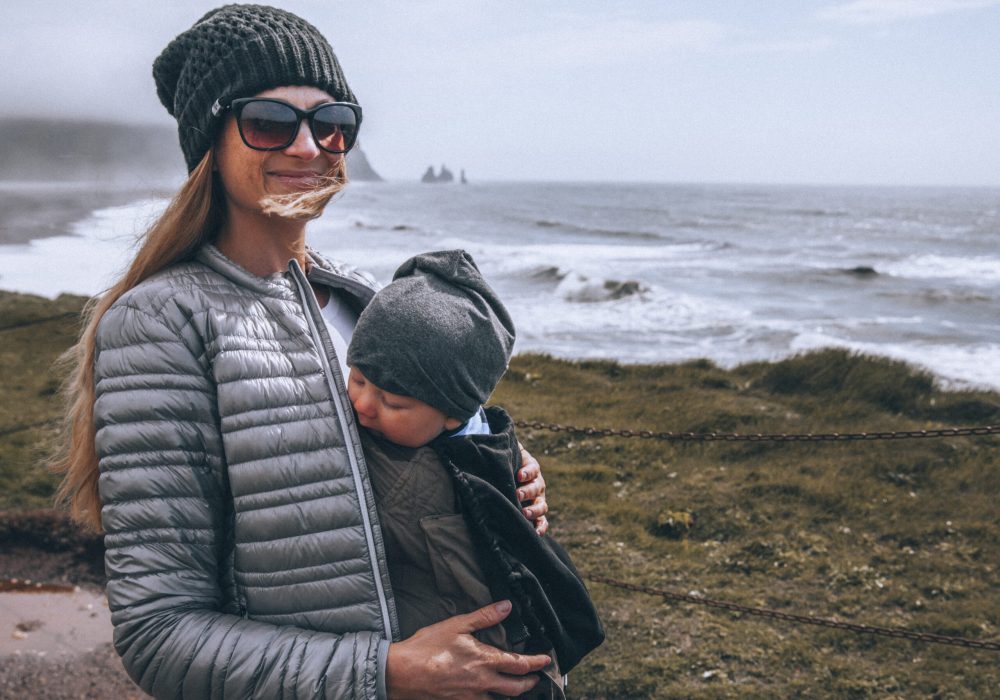
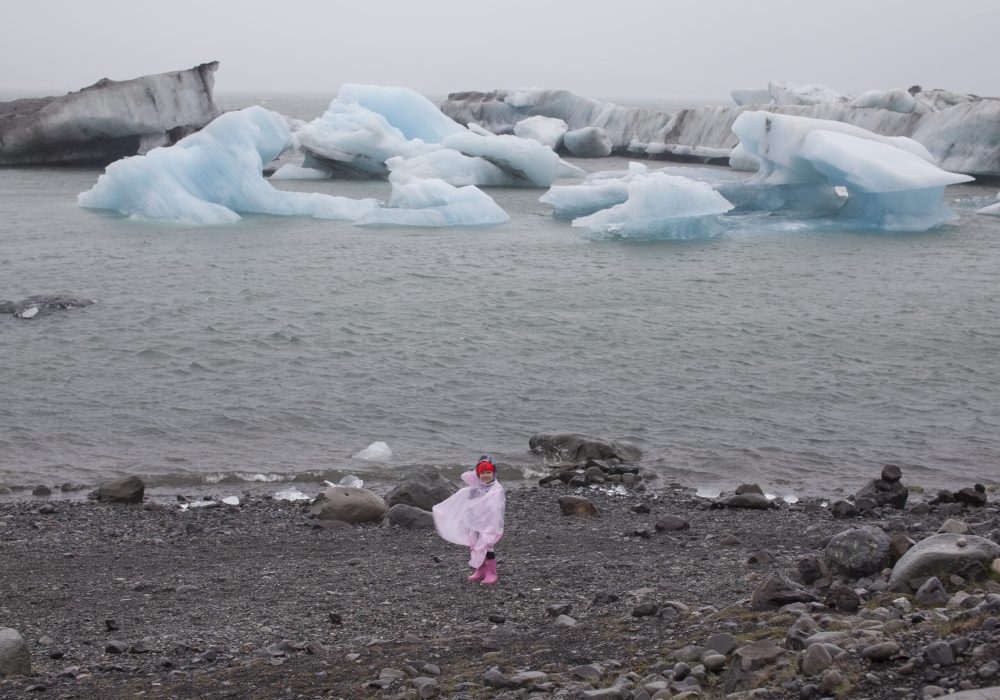
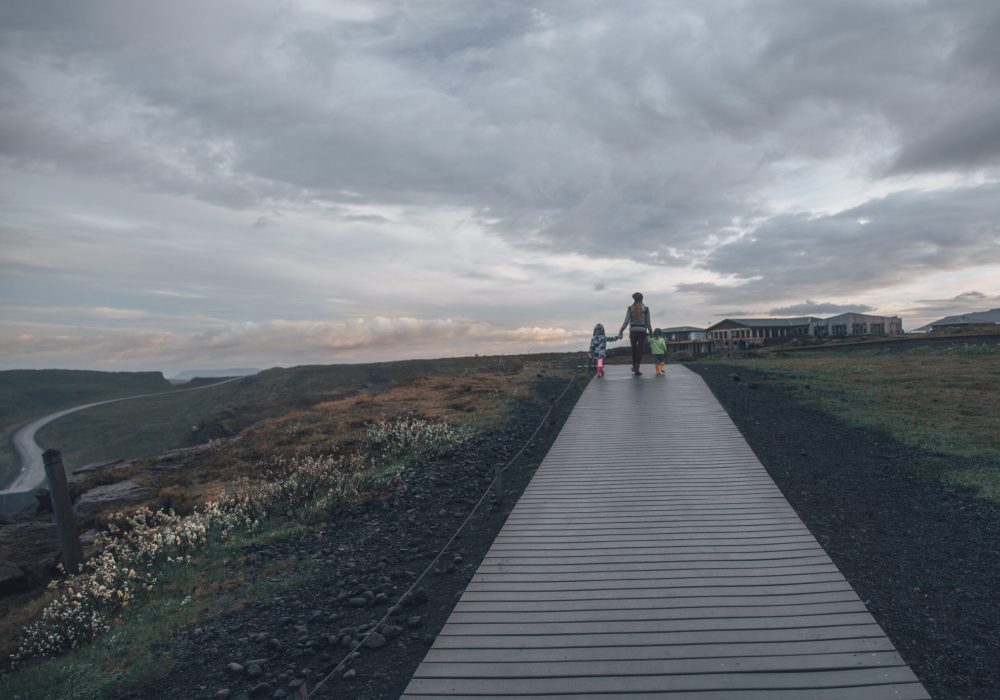
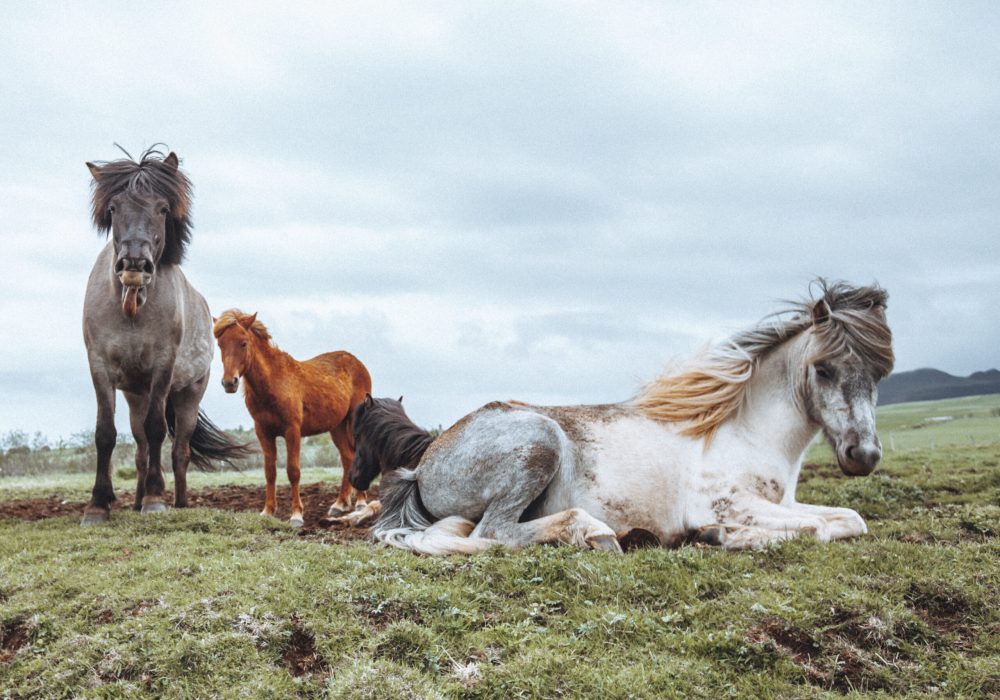
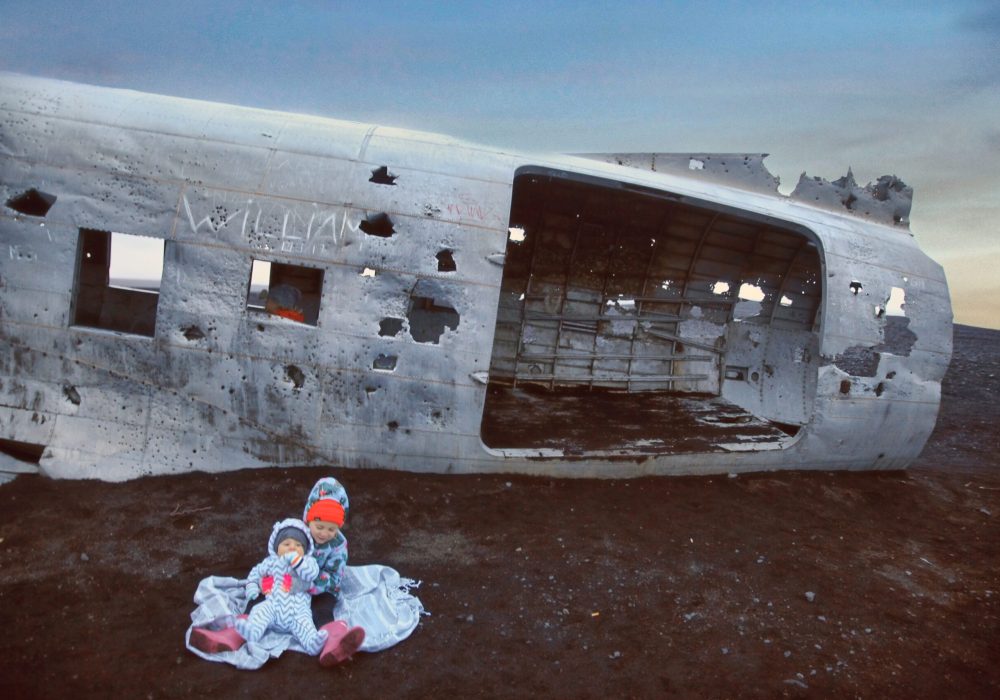
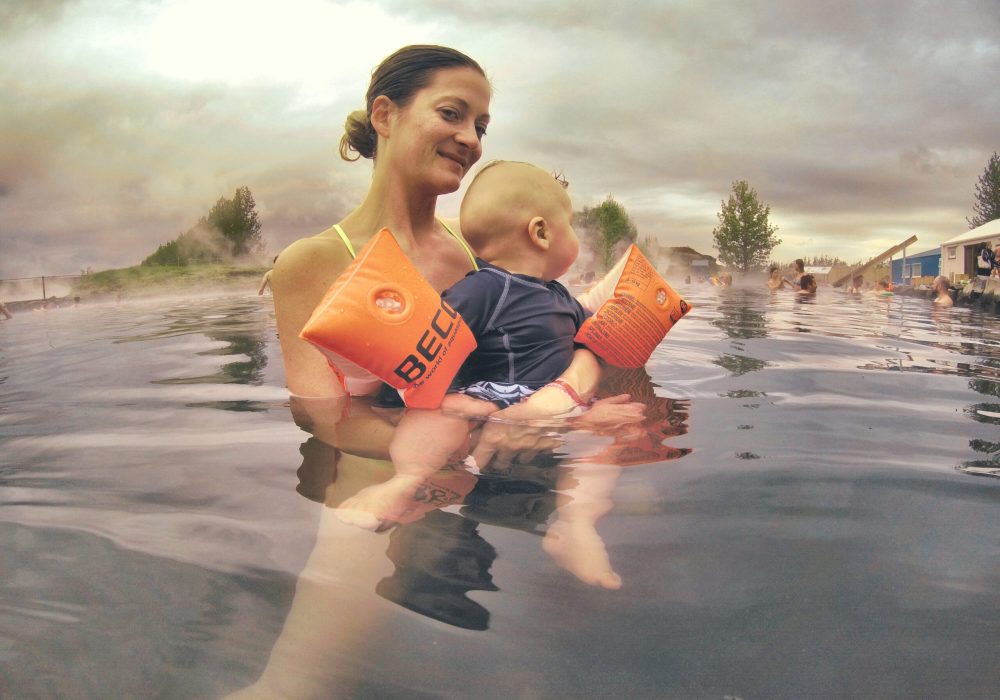
Best time to visit Iceland:
Summer (if the Northern Lights are not as important to you)
New to Iceland?
Start here!
FAQ's
What are the Main Things to do with Kids in Iceland?
Iceland offers a range of family-friendly activities and attractions that can be enjoyed with kids. Here are some main things to do with children in Iceland:
Blue Lagoon: While the Blue Lagoon is often associated with relaxation, it can also be a unique experience for families. Children will likely enjoy the warm, milky-blue waters of this geothermal spa.
Golden Circle Tour: Explore the Golden Circle, a popular route that includes iconic attractions like Thingvellir National Park, Geysir geothermal area, and the powerful Gullfoss waterfall. The natural wonders and geothermal activity will captivate kids.
Whale Watching: Iceland offers excellent opportunities for whale watching. Take a boat tour from Reykjavik or other coastal towns to spot majestic whales, dolphins, and seabirds.
Northern Lights Excursions: If you visit during the winter months, try to catch the Northern Lights. Some tour operators offer family-friendly Northern Lights tours with knowledgeable guides.
Icelandic Horses: Introduce your kids to the charming Icelandic horses. There are tours available for horse riding suitable for various skill levels.
Explore Ice Caves: In winter, consider taking a guided tour to explore ice caves. These dazzling, naturally-formed structures are a unique and adventurous experience.
Reykjavik Family Park and Zoo: Located in Reykjavik, this family park features a small zoo with Icelandic farm animals and a play area for children.
Swimming Pools: Visit local swimming pools, such as the Laugardalslaug in Reykjavik, where families can enjoy geothermally heated pools and hot tubs.
Viking World in Reykjanes: This museum provides an interactive experience for kids, allowing them to explore Viking history and culture.
Explore Waterfalls: Iceland is home to numerous stunning waterfalls. Seljalandsfoss and Skogafoss are particularly family-friendly, offering easy access and breathtaking views.
What is Iceland Famous for?
Iceland is famous for several distinctive features, natural wonders, and cultural aspects. Here are some of the things Iceland is renowned for:
Geothermal Activity: Iceland is known for its geothermal hot springs and geysers. The most famous geyser, Geysir, is where the term “geyser” originated. The active Geysir and the regularly erupting Strokkur are popular attractions.
Waterfalls: The country boasts numerous stunning waterfalls, including Gullfoss, Skogafoss, Seljalandsfoss, and Dettifoss, among others. Each waterfall has its unique charm and attracts visitors from around the world.
Northern Lights (Aurora Borealis): Iceland offers excellent opportunities to witness the mesmerizing Northern Lights, a natural light display in the Arctic sky caused by the collision of charged particles.
Glaciers and Ice Caves: Iceland is home to vast glaciers, including Vatnajökull, the largest glacier in Europe. Visitors can explore ice caves and witness the breathtaking ice formations.
Blue Lagoon: The Blue Lagoon is a famous geothermal spa with milky-blue waters rich in minerals. It’s a popular destination for relaxation and rejuvenation.
Volcanoes: Iceland is situated on the Mid-Atlantic Ridge, resulting in a high concentration of volcanoes. The country gained international attention with the eruption of Eyjafjallajökull in 2010.
Icelandic Horses: The unique and sturdy Icelandic horse is a small breed known for its five gaits. Horseback riding tours are popular, allowing visitors to explore the landscape on these friendly and charming horses.
Thingvellir National Park: A UNESCO World Heritage site, Thingvellir is historically significant as the site of Iceland’s first parliament and geologically notable as the meeting point of the North American and Eurasian tectonic plates.
Reykjavik: The capital city is known for its vibrant arts scene, modern architecture, and lively cultural events. It’s also the northernmost capital of a sovereign state in the world.
Midnight Sun and Polar Nights: Due to its high latitude, Iceland experiences extended daylight hours in summer, known as the Midnight Sun. Conversely, during winter, there are Polar Nights with extended periods of darkness.
Is Northern Iceland Worth Visiting?
Yes, Northern Iceland is definitely worth visiting, offering a unique and diverse set of attractions that differ from those in the southern part of the country. Here are some highlights of what makes Northern Iceland worth exploring:
Akureyri: Often referred to as the “Capital of the North,” Akureyri is the largest town in Northern Iceland. It features charming streets, a botanical garden, and the iconic Akureyrarkirkja church. The town serves as a cultural hub with museums, galleries, and vibrant festivals.
Lake Myvatn: This area is renowned for its stunning landscapes, including the eponymous lake, geothermal fields, and peculiar volcanic formations. Myvatn Nature Baths offer a relaxing alternative to the Blue Lagoon.
Dettifoss: Located in Vatnajökull National Park, Dettifoss is one of Europe’s most powerful waterfalls. Its sheer force and dramatic surroundings make it a must-see natural wonder.
Húsavík: Known as the “Whale Watching Capital of Europe,” Húsavík offers excellent opportunities for whale watching tours. The town is also home to the Húsavík Whale Museum.
Goðafoss: Translating to “Waterfall of the Gods,” Goðafoss is a spectacular waterfall with a rich historical background. It’s easily accessible and surrounded by picturesque landscapes.
Hiking and Nature: Northern Iceland is less crowded than the south, making it an ideal destination for those seeking tranquility and a closer connection to nature. There are numerous hiking trails, lava fields, and geothermal areas to explore.
Arctic Circle: The northernmost regions of Iceland are close to the Arctic Circle. Some areas experience the Midnight Sun in summer, providing an extraordinary natural phenomenon.
Hot Springs and Geothermal Pools: Beyond the Blue Lagoon, Northern Iceland has its share of geothermal attractions. The GeoSea Geothermal Sea Baths in Húsavík offer a relaxing experience with ocean views.
Aksja and Húsavíkurfjall Mountains: These mountains provide excellent opportunities for hiking and offer panoramic views of the surrounding landscapes.
Visiting Northern Iceland allows you to experience a more tranquil and remote side of the country, with unique geological features and a rich cultural heritage. Whether you’re interested in outdoor activities, wildlife, or cultural exploration, Northern Iceland has much to offer.
Is 2 days in Iceland enough?
While it’s possible to visit Iceland in 2 days, it’s important to note that the country has a wealth of natural wonders and attractions that might be challenging to fully experience in such a short time. A 2-day visit would likely allow for a brief exploration of specific regions, but you would need to prioritize specific areas or activities.
Here’s a general suggestion for a 2-day itinerary:
Day 1: Reykjavik and Golden Circle
- Explore Reykjavik: Visit landmarks such as Hallgrímskirkja, Harpa Concert Hall, and the Sun Voyager sculpture.
- Golden Circle: Take a guided tour or self-drive to see iconic sites like Thingvellir National Park, Geysir geothermal area, and Gullfoss waterfall.
Day 2: South Coast or Blue Lagoon
- Option 1 (South Coast): Explore the stunning landscapes along the South Coast, including Seljalandsfoss and Skogafoss waterfalls, Reynisfjara black sand beach, and maybe even Vatnajökull National Park.
- Option 2 (Blue Lagoon): Spend the day relaxing at the Blue Lagoon, enjoying the geothermal waters and surrounding facilities.
Keep in mind that this itinerary involves some travel time, and you may need to make choices based on your interests. Iceland’s diverse attractions, including glaciers, volcanoes, waterfalls, and geysers, are spread across the country, and a longer stay allows for a more comprehensive exploration.
If you have the opportunity to extend your stay, you can delve deeper into specific regions or activities. However, if 2 days is all you have, it’s still possible to get a taste of Iceland’s beauty and experience some of its most famous landmarks. Just be mindful of the limited time and plan accordingly.
Do I Need a Visa?
Iceland is a member of the Schengen Area. If you are a citizen of a Schengen Area country or a citizen of a visa-exempt country, you generally do not need a visa for short stays (up to 90 days within a 180-day period) for tourism, business, or family visits.
If you are from a non-Schengen country, you may need a Schengen visa to enter Iceland. The specific visa requirements can vary based on your nationality. It’s crucial to check the most up-to-date information, as visa regulations can change.
What Power Plug Type does Iceland use?
Iceland uses the Type F electrical socket and plug, which is the same standard used in many other European countries. The Type F plug has two round pins and operates on a standard voltage of 230V with a frequency of 50Hz.
Is Iceland Safe?
The country has low crime rates, and violent crime is extremely rare. Iceland is known for its friendly and welcoming locals, and it’s often considered one of the safest countries in the world.

